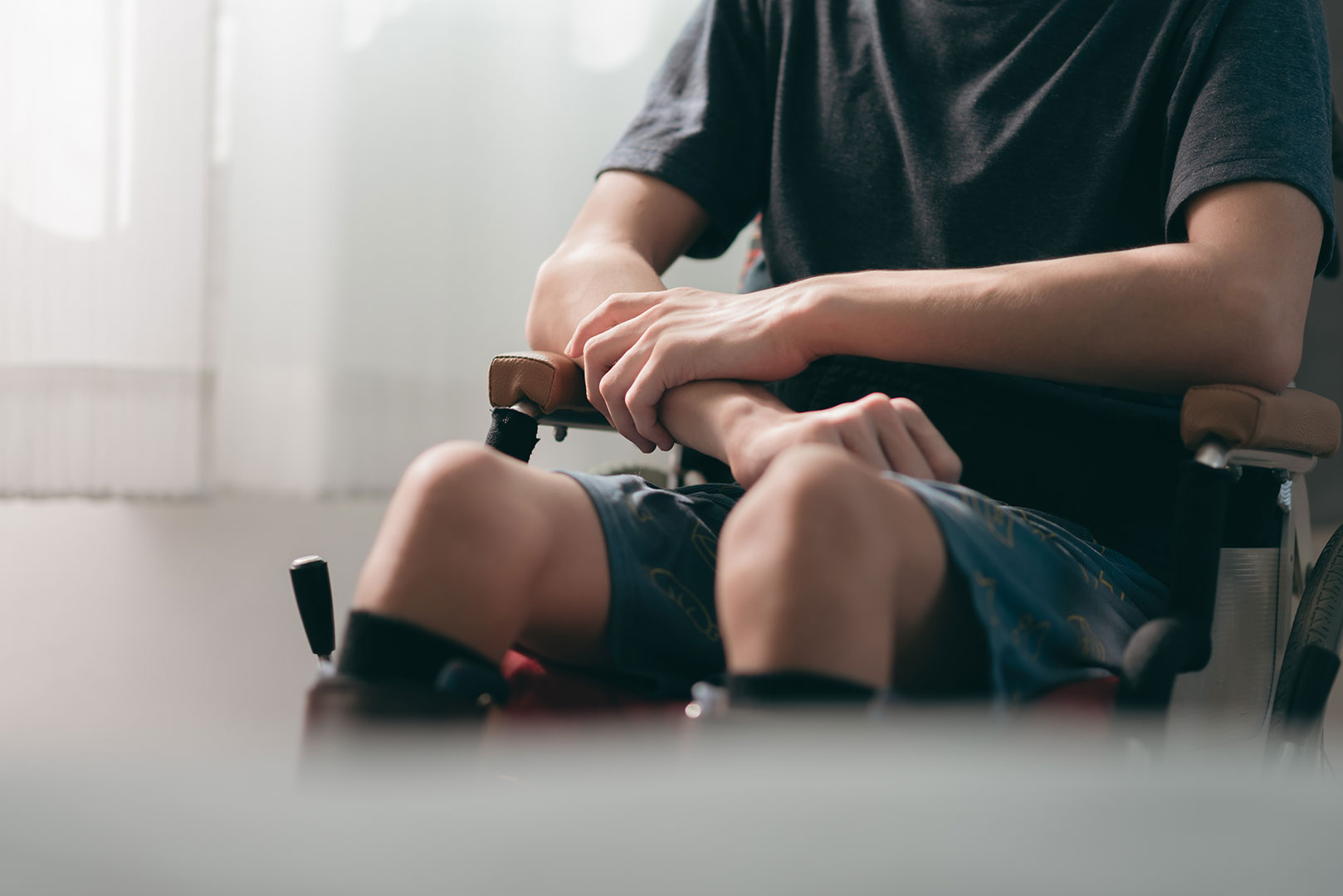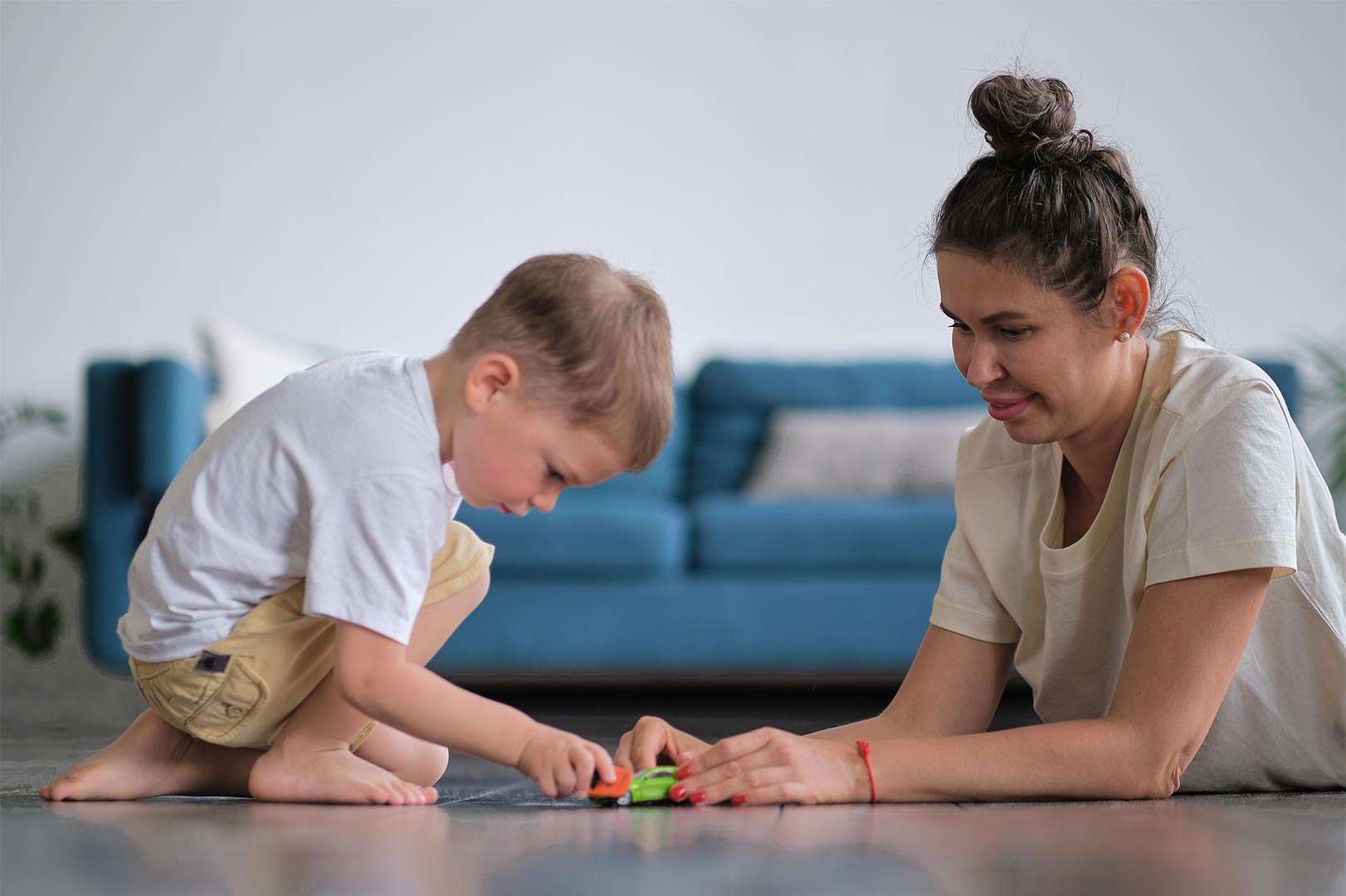Cerebral palsy (CP) is a group of neurological disorders that affect movement and coordination. It is the most common motor disability in childhood, affecting about 2-3 children per 1,000 live births. CP is caused by damage to the developing brain, which can occur before, during, or after birth.
Causes of Cerebral Palsy
The exact cause of CP is unknown in about 25% of cases. However, some known risk factors include:
- Premature birth
- Low birth weight
- Multiple births
- Maternal infections during pregnancy
- Birth complications, such as oxygen deprivation or trauma
- Head injuries in early infancy
Symptoms of Cerebral Palsy
The symptoms of CP vary depending on the severity of the brain damage and the specific areas of the brain that are affected. Some common symptoms include:
- Muscle stiffness or weakness
- Delays in motor development, such as sitting, standing, or walking
- Difficulty with coordination and balance
- Tremors or involuntary movements
- Abnormal speech or swallowing
- Seizures
- Intellectual disabilities
Types of Cerebral Palsy
There are four main types of CP:
- Spastic CP: This is the most common type of CP, affecting about 70% of cases. It is characterized by muscle stiffness and spasms.
- Athetoid CP: This type of CP is characterized by involuntary movements and poor coordination.
- Ataxic CP: This type of CP is characterized by difficulty with balance and coordination.
- Mixed CP: This type of CP is a combination of two or more of the other types.
Treatment for Cerebral Palsy
There is no cure for CP, but there are a variety of treatments that can help to improve symptoms and function. Treatment options may include:
- Physical therapy: Physical therapy can help to improve muscle strength, coordination, and balance.
- Occupational therapy: Occupational therapy can help to teach children with CP how to perform everyday activities, such as dressing, eating, and bathing.
- Speech therapy: Speech therapy can help to improve communication skills.
- Medications: Medications such as muscle relaxants and anticonvulsants can help to manage muscle spasms and seizures.
- Surgery: Surgery may be recommended in some cases to improve range of motion or reduce muscle spasms.
Assistive Technology for Cerebral Palsy
Assistive technology can be used to help people with CP live more independent and fulfilling lives. Some examples of assistive technology for CP include:
- Walkers, canes, and wheelchairs
- Standing frames
- Communication devices
- Adaptive computer equipment
- Environmental modifications, such as ramps and grab bars
Education and Employment for People with Cerebral Palsy
Children with CP have the right to a free and appropriate public education (FAPE). FAPE means that the school district must provide the child with the services and support they need to succeed in school.
Adults with CP can also be successful in the workforce. There are a number of resources available to help adults with CP find and keep jobs. These resources include:
- Vocational rehabilitation programs
- Supported employment programs
- Self-employment programs
Lifestyle for People with Cerebral Palsy
People with CP can live active and fulfilling lives. With the right supports and accommodations, people with CP can participate in a wide range of activities, including work, school, sports, and hobbies.
Support Groups for Cerebral Palsy
There are a number of support groups available for people with CP and their families. These support groups can provide a place to share experiences, learn about resources, and find encouragement.
Cerebral palsy is a complex condition, but with the right treatment and support, people with CP can live full and productive lives. If you or someone you know has CP, please reach out to a healthcare professional or support group for more information and assistance.





Leave A Comment